If you read the New York Times’ 1619 Project, you would have seen an old photograph of Sergeant Isaac Woodard and his mother taken in 1946.
The sunglasses Sergeant Woodard is wearing will lead you to believe that he is blind, even before you read the caption.
Within five hours of returning stateside from WWII, Sergeant Woodard was beaten by Police Chief Lynnwood Shull of Batesburg, SC, and then blinded by the chief’s forcing his blackjack into each of the sergeant’s eyes.
His crime? He asked the bus driver if he could get off at the next stop to use the bathroom. The bus driver cursed him and he cursed the driver back.
Sergeant Woodard never did receive judicial justice for the beating despite three trials over several years. He was, however, the match that lit the flame that would lead in a direct line to the Brown v. Board of Education decision in 1954.
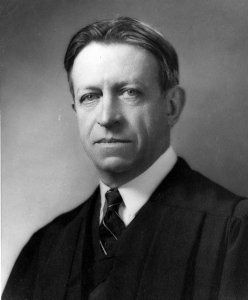
Judge Waring
Unexampled Courage: The Blinding of Sgt. Isaac Woodard and the Awakening of President Harry S. Truman and Judge J. Waties Waring focuses mainly on Judge Waring’s evolution from fair, decent federal judge in South Carolina to fiery civil rights proponent.
However, had Sergeant Woodard not told a bus driver on a fateful night in 1946, “I am a man, just like you!”, that evolution might never have happened.
Walter White, executive director of the NAACP at the time, heard about Sergeant Waring’s beating and was determined to bring it to the widest public attention possible. He enlisted the aid of Orson Welles, who did a radio show about it that drew widespread outrage in the North. Woody Guthrie wrote a song called “The Blinding of Isaac Woodard.” It was one of the few cases where a lynching victim (remember, lynching did not require ropes, but was any act of violence toward an African-American) actually survived.
A show trial had been held locally that of course exonerated Shull. President Truman learned about the beating and was concerned, but until White personally described it to the President, Truman had no idea of the outrages that were being committed in the South. He pressed his Justice Department to hold a federal trial.
Though the FBI had investigated the beating, it was J. Edgar Hoover’s FBI and the local agents could have cared less. The federal prosecutors also did not want to be involved and the prosecutor in charge of the trial was half-hearted at best and negligent at worst. Politicians and elected officials in South Carolina were outraged that the federal government was getting involved and did their best to stop it.
They didn’t stop it, but with an all-white jury and a lackluster prosecution, Shull was found not guilty.
Judge Waring presided over the trial and was dismayed by its outcome. Around the same time, he divorced his wife and remarried. His second wife was a Northerner. Waring had been at best a gradualist, believing that fairer treatment of African-Americans was something to work toward in the future. By the time more cases of racial inequality came to his court, he and his wife began seriously studying the whole history and present state of civil rights, and he was soon considered an activist judge.
Among cases that came before him and brought him the wrath of his fellow South Carolinians was one that involved the state’s Democratic Party disallowing African-Americans to vote in primaries without signing a pledge that they would not thereby consider themselves equal to whites.
The country at that time was still using the SCOTUS precedent of Plessy vs. Ferguson in civil rights cases. This was the argument that schools, public accommodations, etc. were to be “separate but equal” for African-Americans. We know that in fact, everything was separate AND UNEQUAL.
Judge Waring began seeking out civil rights cases to advance on his docket that would challenge using Plessy v. Ferguson and move on to segregation itself being unequal. His first attempt was in a case regarding the unequal pay of teachers in African-American schools compared with white schools. His second attempt was in a case regarding the poor conditions of the African-American schools. The prosecution was blindsided, however, by the school district’s raising a bond to update the African-American schools rather than integrate the students in the white schools.
It was Briggs v. Elliott that was the landmark case connected directly to Brown and was consolidated in Brown. Thurgood Marshall prosecuted the case for the NAACP before a three-judge panel that included Judge Waring. Though the case was lost, Judge Waring’s dissenting opinion established the “Per Se” argument, that segregation in and of itself was per se unequal. The case was eventually consolidated into Brown v. Board of Education.
Briggs v. Elliott also was the first time that sociologists Kenneth and Mamie Clark’s research was introduced for the prosecution. That research showed that African-American children’s developmental status was harmed by segregation. They used black and white dolls and asked children which doll was “good” and which doll was “bad.” The majority of black children chose the white doll as “good,” indicating that they had internalized the oppression of segregation and racism.
All of the plaintiffs in Waring’s civil right cases faced the backlash of losing jobs, being threatened, and other reprisals. After a cross was burned on their lawn, rocks thrown through their windows, and innumerable threats, the Warings themselves left South Carolina and moved to New York City. The Warings had become social pariahs in Charleston because of their friendships with the NAACP’s Walter White and Thurgood Marshall; in New York, they met and earned the admiration of many other civil rights leaders, including Dr. Martin Luther King Jr. The judge retired but edited opinions and arguments for civil rights trials.
Author Richard Gergel is also a judge and also known for his civil rights activism in South Carolina. He is best known for being the presiding judge in Dylann Roof’s trial for the murder of nine blessed souls at Mother Emmanuel Church in Charleston. His book is compelling and dense with facts of the state of civil rights during this period.
What happened to Sergeant Woodard? In the immediate time after he was blinded, he received no training in how to navigate life. His Army pension did not include disability payments because he had already been demobbed. His wife left him and he was forced to move to the Bronx to live with his parents.
The NAACP did much to help him, raising funds by taking him on a speaking tour. He received half of the proceeds. Some of that money was invested in an annuity for him and some was used, unwisely, to buy a multi-family rental property where he and his family could live and also receive an income. That property was taken by the state of New York by eminent domain in the 1950s to build new housing.
Sergeant Woodard fought for and was finally granted full disability payments from the Army. He was finally able to buy a home for his aging parents, the cousin who was his caregiver, and two sons from a relationship. He owned a business and professed in his later years that he was a happy, contented man. He died in 1992.
Let there be no mistake: This is not a story about “white saviors.” If any savior is to be found, it is Sergeant Woodard for standing up for himself, enduring grueling trials in a debilitated physical state, and being the source of Judge Waring’s and President Truman’s epiphanies that racial justice was not something that should wait for an undetermined time in the future; the time had come. Indeed, it was long overdue.
The sad realization at the end of the book is that racial justice is still overdue, and I’ve no doubt that underscoring this tragic fact was part of Judge Gergel’s motivation in writing Unexampled Courage.
Racism is a white problem, and only by white people educating themselves and putting themselves in positions where such epiphanies as Judge Waring had can be experienced will racism be overcome.
May it be so.









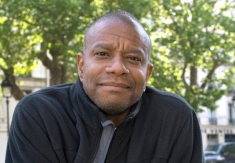
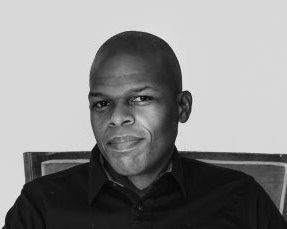
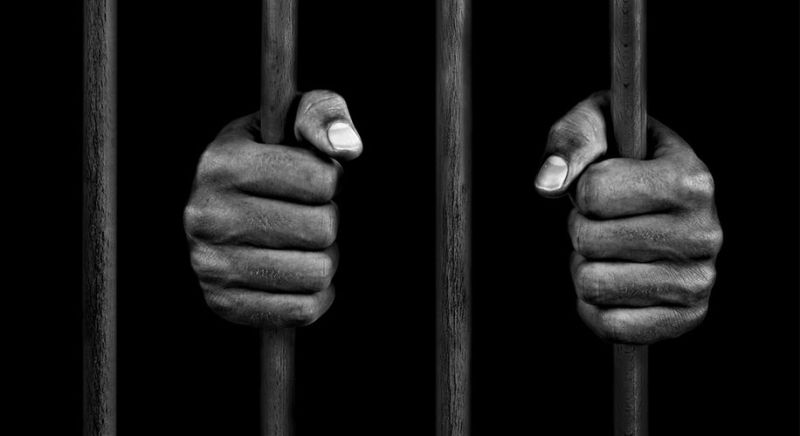
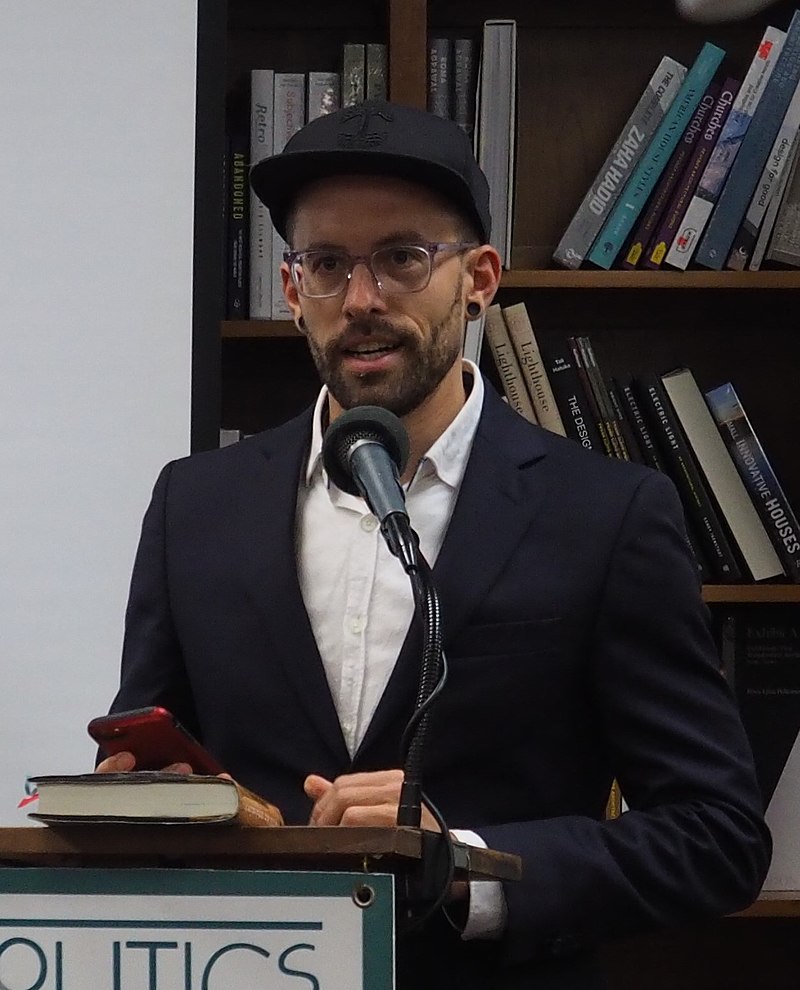 Possibly Bauer, who works for Mother Jones Magazine, is the only person who could truly sum up the brutality of a private prison because he already knew what prison brutality could be like.
Possibly Bauer, who works for Mother Jones Magazine, is the only person who could truly sum up the brutality of a private prison because he already knew what prison brutality could be like.





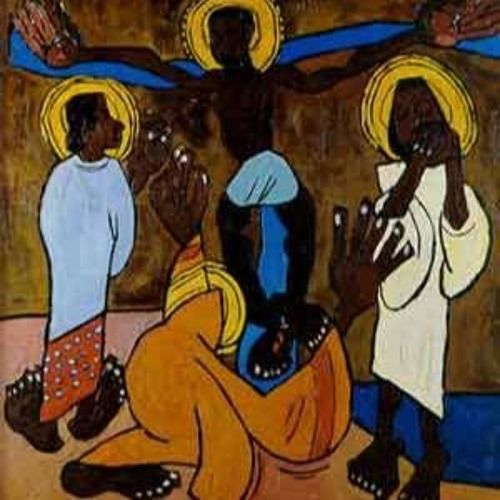
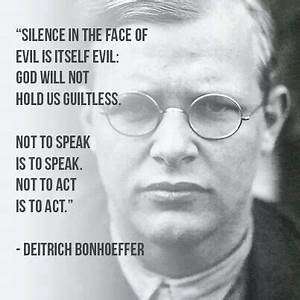 Learning about Black Jesus transformed Bonhoeffer’s earlier theology from one that sees God as favoring certain groups of people to a God who, by the Cross and by the Incarnation, endows all people with the mystical body of the Christ. A suffering Black Jesus is the Cosmic Christ that calls out to suffering people of all faiths and traditions or no faith at all. The incarnational Jesus of the Gospels reaches out only to the oppressed and/or marginalized, really. He does not minister to the Pharisees or the other elites, but to the peasants held in thrall by Caesar’s yoke.
Learning about Black Jesus transformed Bonhoeffer’s earlier theology from one that sees God as favoring certain groups of people to a God who, by the Cross and by the Incarnation, endows all people with the mystical body of the Christ. A suffering Black Jesus is the Cosmic Christ that calls out to suffering people of all faiths and traditions or no faith at all. The incarnational Jesus of the Gospels reaches out only to the oppressed and/or marginalized, really. He does not minister to the Pharisees or the other elites, but to the peasants held in thrall by Caesar’s yoke.


